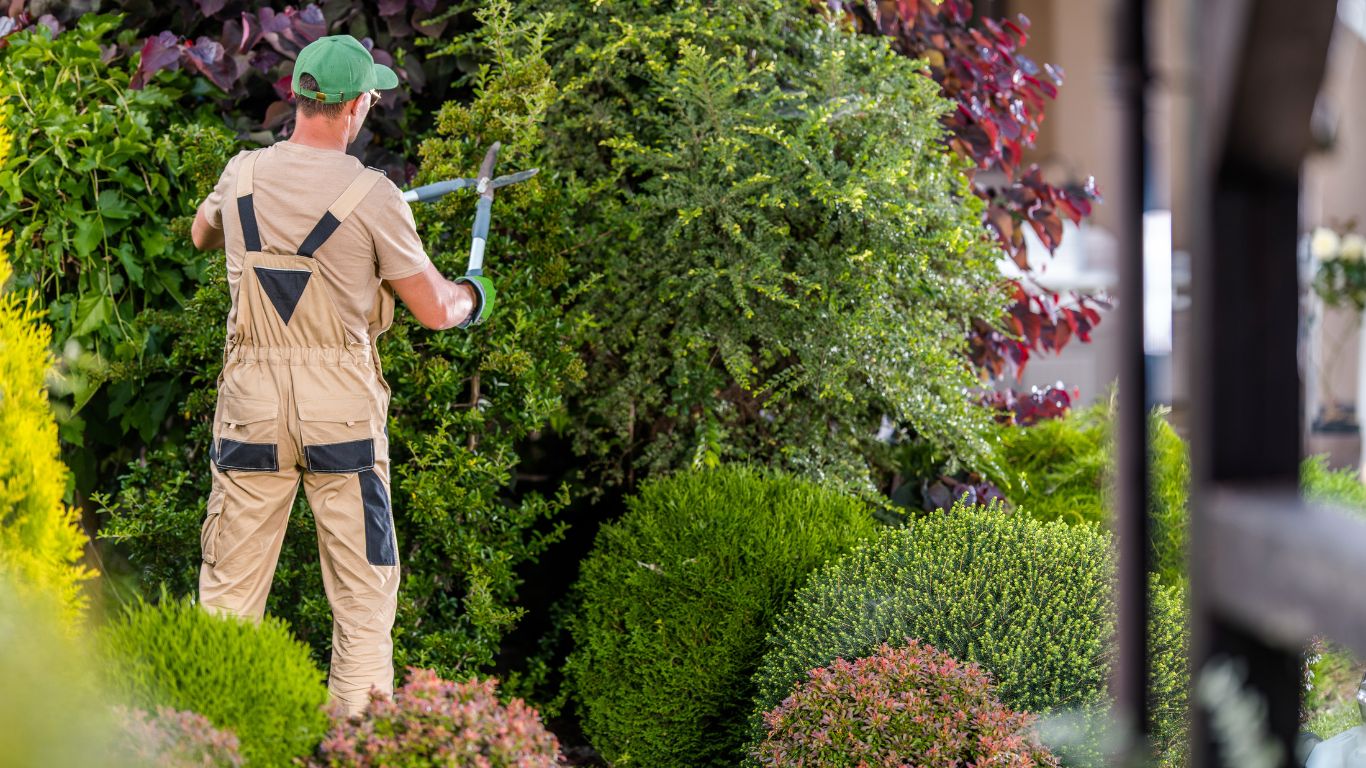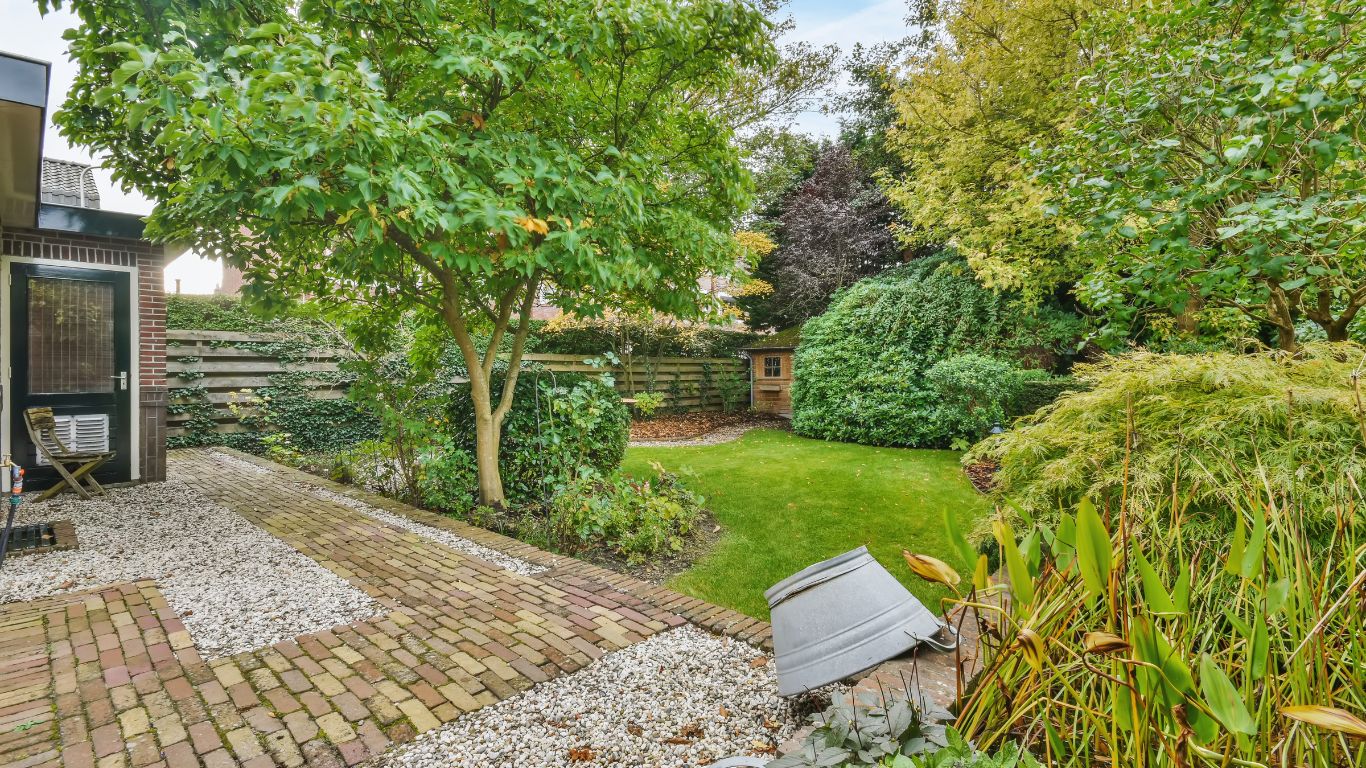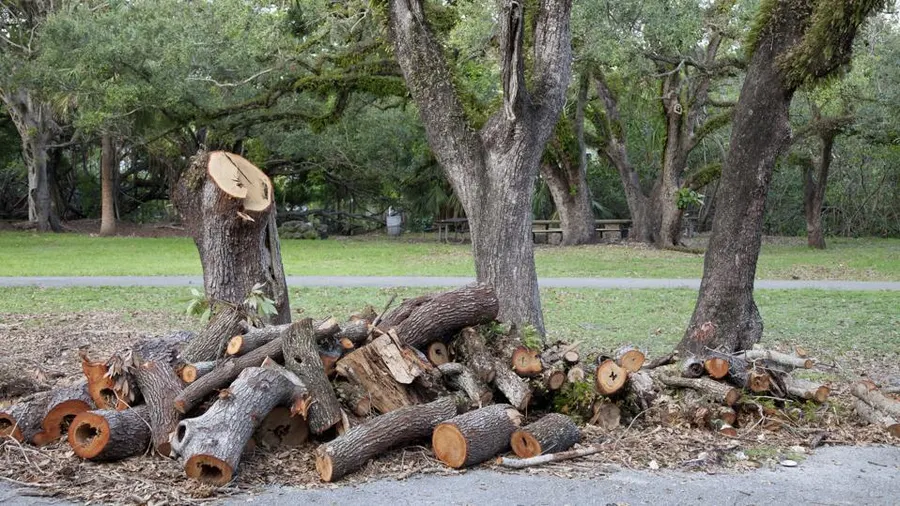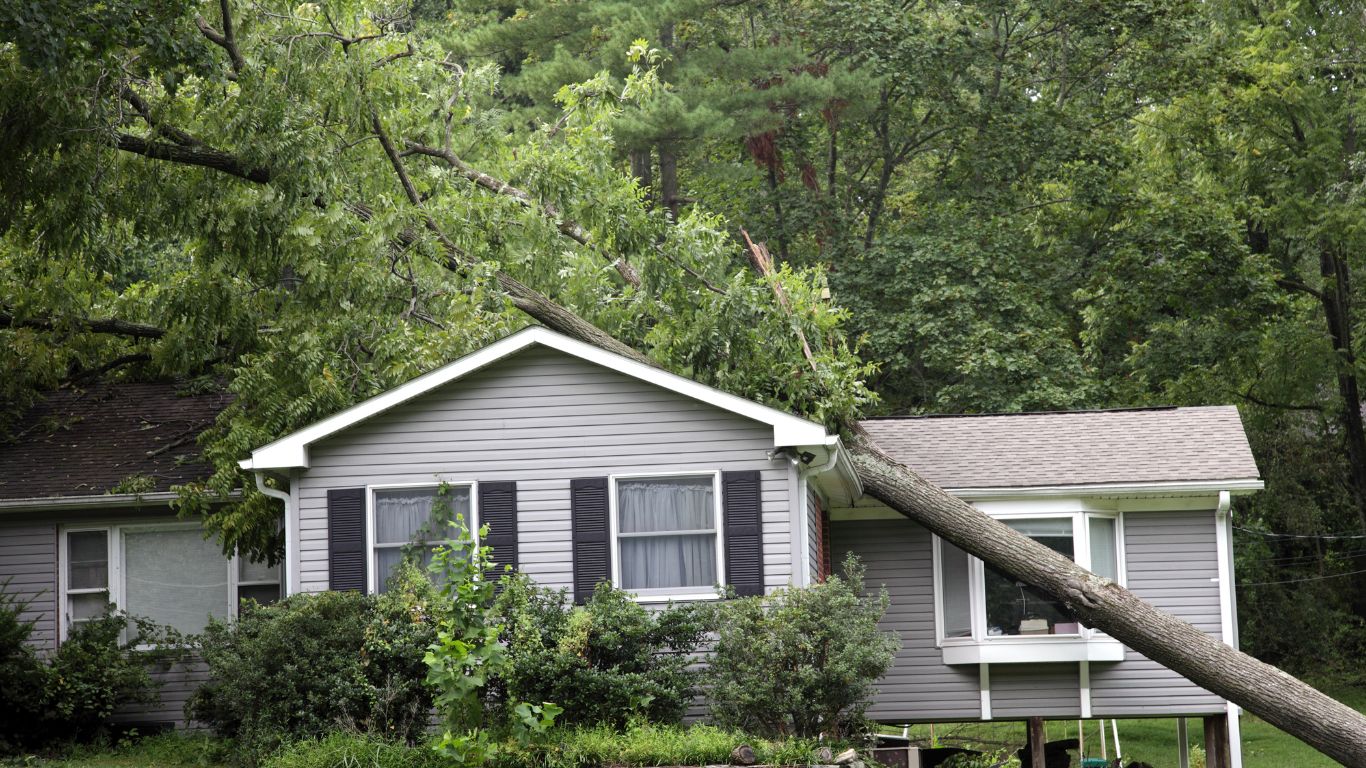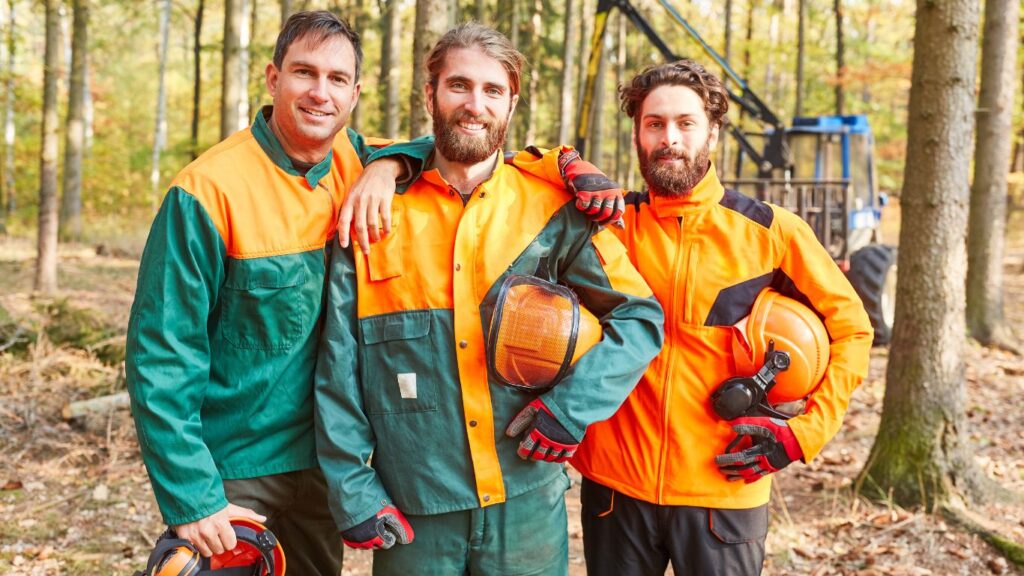
Trees are not just a fundamental part of our environment; they are also vital for the health and beauty of our neighborhoods. Proper tree care is an art and a science, requiring expertise, dedication, and a deep understanding of arboriculture. Wichita’s trusted arborists play a crucial role in maintaining the city’s urban forest. In this blog, we will explore the art and science of tree care and introduce you to Wichita’s most trusted arborists who are dedicated to preserving and enhancing the natural beauty of the city.
The Importance of Trees in Wichita
The Urban Forest
Wichita’s urban forest comprises the trees that line its streets, fill its parks, and adorn its neighborhoods. These trees provide numerous benefits to the city, including:
- Improved Air Quality: Trees act as natural air filters, removing pollutants and providing oxygen.
- Shade and Cooling: They offer shade, reducing energy consumption and cooling the environment during hot summers.
- Aesthetic Value: Trees enhance the beauty of neighborhoods and increase property values.
- Wildlife Habitat: They provide shelter and food for birds and other wildlife.
- Reduced Erosion: Tree roots help prevent soil erosion, protecting the landscape.
The urban forest in Wichita is a diverse ecosystem of both native and ornamental tree species. This diversity not only adds to the city’s visual appeal but also contributes to its overall ecological health.
The Economic Impact
Beyond their environmental benefits, trees have a significant economic impact in Wichita. A well-maintained urban forest can:
- Boost Tourism: Attractive streetscapes and parks draw visitors and boost the local economy. Visitors are more likely to explore areas with lush greenery and vibrant landscapes.
- Increase Property Values: Tree-lined streets and well-maintained landscapes can increase property values by up to 20%. Homes with mature trees in their yards are often considered more desirable.
- Lower Energy Costs: Properly placed trees can reduce energy bills by providing natural shade and windbreaks. During the scorching Wichita summers, this can result in substantial savings for homeowners and businesses alike.
- Reduce Stormwater Management Costs: Trees absorb rainwater, reducing the burden on stormwater systems. This natural filtration helps mitigate flooding and erosion issues in the city.
The economic benefits of trees are not limited to homeowners. Local businesses and municipalities also benefit from a thriving urban forest, as it attracts customers and improves the overall quality of life in the city.
The Art of Tree Care
Pruning and Trimming
Pruning and trimming are essential aspects of tree care. Proper techniques and timing can enhance a tree’s health and appearance. Wichita’s trusted arborists excel in:
- Selective Pruning: Removing dead or diseased branches to encourage healthy growth. This process requires a keen eye to identify which branches should be removed without harming the tree’s overall health.
- Shaping: Creating a visually pleasing canopy that complements the tree’s natural form. Skilled arborists understand the aesthetic aspects of tree care and can transform a tree into a work of art.
- Thinning: Improving air circulation and reducing wind resistance to prevent storm damage. Thinning the crown of a tree is a delicate process that requires precision to maintain balance and stability.
- Safety Pruning: Eliminating hazardous branches that could fall and cause harm. This aspect of tree care is vital for public safety, as falling branches can be a danger to pedestrians and property.
Tree Planting
Planting the right tree in the right place is crucial for its long-term health. Wichita’s arborists:
- Select Appropriate Species: Choose tree species suited to Wichita’s climate and soil. The city’s diverse climate, with hot summers and cold winters, requires careful consideration when selecting trees for planting.
- Proper Planting Techniques: Ensure proper depth, mulching, and watering for successful establishment. Young trees require special care to ensure they establish strong root systems.
- Tree Staking: Use stakes only when necessary to prevent damage during early growth. Over-staking can restrict a tree’s natural movement and hinder its development.
Disease and Pest Management
Wichita’s trees face threats from diseases and pests. Arborists employ:
- Diagnosis: Identifying and monitoring tree health issues. Early detection is critical to prevent the spread of diseases and infestations.
- Treatment: Administering appropriate treatments, such as pesticides or fungicides. Arborists carefully consider the environmental impact of these treatments while prioritizing the tree’s health.
- Preventative Care: Implementing measures to protect trees from common threats. This includes promoting overall tree health through proper watering, mulching, and fertilization.
The Science of Tree Care
Soil Management
Healthy soil is the foundation of a thriving tree. Arborists in Wichita focus on:
- Soil Testing: Analyzing soil composition to determine nutrient deficiencies. Soil testing helps arborists tailor their care to the specific needs of each tree.
- Aeration: Enhancing soil structure to improve root growth and nutrient absorption. Compacted soil can suffocate roots, and aeration helps alleviate this issue.
- Mulching: Applying mulch to regulate soil temperature, conserve moisture, and deter weeds. Proper mulching not only benefits the tree but also enhances the aesthetics of the landscape.
Tree Health Monitoring
Regular inspections and monitoring help arborists detect problems early:
- Visual Inspections: Assessing the overall health and appearance of trees. Arborists look for signs of stress, disease, or pest infestations during these inspections.
- Soil Testing: Checking for nutrient imbalances. By analyzing soil samples, arborists can adjust fertilization plans to meet a tree’s specific nutrient requirements.
- Pest Scouting: Identifying signs of infestations. Early identification allows for targeted treatments that minimize damage to the tree.
- Growth Assessment: Measuring and tracking a tree’s growth rate. Understanding how a tree is developing helps arborists make informed decisions about care and maintenance.
Tree Removal and Emergency Services
In cases where trees pose a danger or are beyond saving, Wichita’s arborists provide:
- Safe Removal: Using specialized equipment and techniques to remove trees without damaging property. Tree removal can be a hazardous process, and experienced arborists prioritize safety.
- Emergency Response: Swiftly addressing storm damage or hazardous situations. Wichita is prone to severe weather, and arborists are prepared to respond quickly to minimize damage and ensure public safety.
By understanding the importance of trees, the art of tree care, and the science behind it, we can all contribute to the preservation of Wichita’s natural heritage. Whether you’re a homeowner looking to care for your own trees or a city planner considering the benefits of urban forestry, Wichita’s trusted arborists are your partners in creating a greener, healthier, and more vibrant community.
Identifying and Treating Common Tree Diseases
Identifying and treating common tree diseases in Wichita, or any location, is essential for maintaining the health and beauty of your trees. Trees can be vulnerable to various diseases caused by fungi, bacteria, viruses, and environmental stressors. Here are some common tree diseases in Wichita and how to identify and treat them:
- Oak Wilt: Oak trees in Wichita are susceptible to oak wilt, a deadly fungal disease. Look for wilting leaves and discolored bark. Treatment involves pruning infected branches and injecting fungicides.
- Dutch Elm Disease: Elm trees can fall victim to Dutch Elm Disease. Symptoms include yellowing leaves and wilting branches. Prompt removal of infected trees is essential to prevent further spread.
- Anthracnose: Affecting various tree species, anthracnose causes brown spots on leaves. Prune affected branches and apply fungicides during the spring to combat this disease.
- Apple Scab: If you have apple trees, watch for black spots on leaves and fruit. Regularly prune and apply fungicides to control apple scab and protect your harvest.
- Cedar Apple Rust: Juniper and apple trees can contract cedar apple rust. Look for orange, gelatinous growths on leaves. Remove juniper hosts and apply fungicides to apple trees as prevention.
- Fire Blight: Apple and pear trees are susceptible to fire blight, which causes wilting and blackened branches. Prune infected areas well below the infection point and use antibiotics.
- Root Rot: Fungal root rot can affect various trees. Symptoms include weakened growth and dieback. Improve drainage, remove affected trees, and consider fungicide treatments.
- Verticillium Wilt: Maple, ash, and other trees can suffer from verticillium wilt. Watch for wilting leaves and branch dieback. Prune infected branches and manage soil health to reduce the disease’s impact.
For accurate diagnosis and treatment recommendations, consider consulting with a certified arborist or a local horticultural extension office in Wichita. They can provide specific guidance based on the tree species and disease present in your area.
What to Expect from a Tree Care Consultation with Wichita’s Experts?
Initial Assessment
The consultation initiates with a comprehensive assessment of the trees and the property. This step involves a meticulous examination of the trees’ health, structural integrity, and overall condition, identifying potential issues such as diseases, pest infestations, or structural weaknesses. The goal is to gather insights into the specific needs and challenges present.
Discussion of Needs
During the consultation, there will be an in-depth discussion of your tree care needs. This conversation focuses on understanding your objectives and concerns, which may include tasks such as trimming, pruning, disease treatment, or tree removal. The aim is to ensure a clear understanding of your requirements.
Customized Solutions
The expertise lies in tailoring tree care solutions to match each client’s distinct requirements. Recognizing that properties and trees vary, the recommendations and services provided are customized to address unique challenges and aspirations. Solutions are designed to promote tree health, enhance aesthetics, or mitigate potential risks based on your circumstances.
Planning and Recommendations
Following the assessment and needs discussion, a detailed plan and recommendations will be provided. These are based on the initial assessment findings and are tailored to achieve your desired outcomes. The plan will outline the steps involved in the proposed tree care services, ensuring a comprehensive understanding of the processes and expected outcomes.
Transparent Pricing
Commitment to transparent pricing is a priority. During the consultation, you will receive a clear and detailed breakdown of the costs associated with the recommended tree care services. This transparency ensures a complete understanding of the financial aspect and avoids surprises later on. The pricing reflects the quality and expertise applied to your tree care needs.
Safety Measures
Safety remains a paramount concern throughout the consultation and tree care process. Safety protocols and precautions will be highlighted to ensure the well-being of your property and any involved personnel. The team overseeing the project is well-trained and equipped to minimize risks associated with the tree care services.
For trusted tree care, rely on Wichita Tree Service. Our expert team is ready to enhance your trees and property with tailored solutions. Experience the quality and expertise that sets us apart – contact us today to begin the journey towards healthier, safer, and more beautiful trees. Wichita Tree Service: your trees deserve the best.


